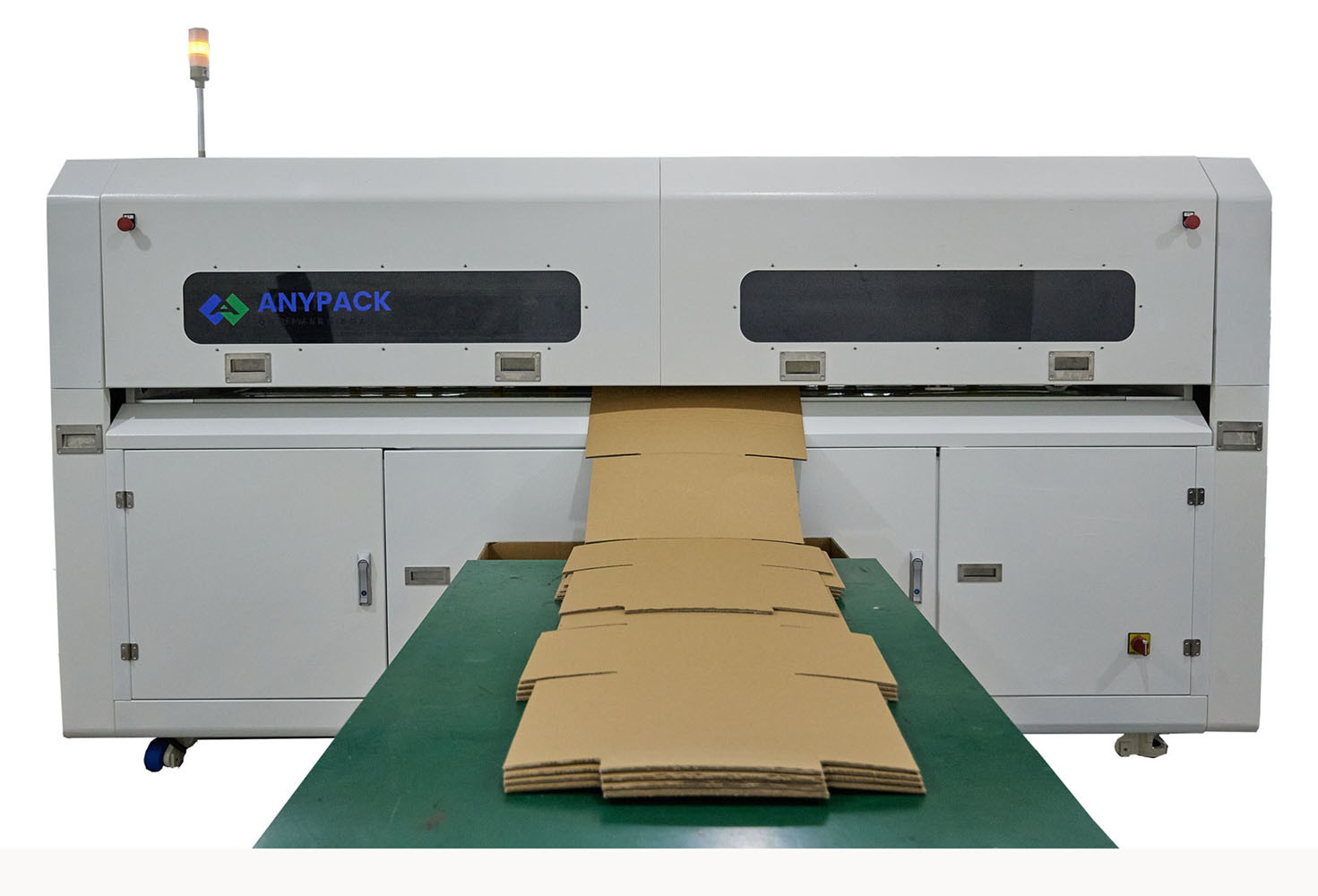In the world of packaging, corrugated boxes play a pivotal role in safeguarding products during transit while also serving as an essential marketing tool. From the initial concept to the final carton, the journey of corrugated box production involves various stages, each demanding precision and expertise. In this blog, we’ll explore the intricate process of transforming a simple idea into a sturdy and visually appealing Corrugated Box Making Machine.
- Designing the Blueprint:
The journey begins with the conceptualization of the box design. Packaging engineers and designers collaborate to create a blueprint that meets the product’s specifications, protection requirements, and branding objectives. The design must consider factors such as dimensions, strength, and graphics to ensure the box is not only functional but also visually appealing.
- Selecting the Right Material:
Corrugated boxes are made from corrugated board, a combination of linerboard and fluted corrugated medium. The type and quality of these materials significantly impact the box’s durability and strength. Packaging experts evaluate the specific needs of the product and the supply chain to choose the most suitable grades of linerboard and corrugated medium.
- Printing and Graphics:
Once the design is finalized, the box undergoes the printing process. High-quality printing is crucial for branding and marketing purposes. Advanced printing techniques, such as flexography or digital printing, are employed to ensure vibrant colors and clear images. This stage transforms the plain corrugated board into a visually appealing packaging solution that communicates the brand message effectively.
- Die-Cutting and Creasing:
To give the box its shape, die-cutting and creasing machines are employed. The die-cutting process precisely cuts out the box shape, while creasing ensures easy folding and assembly. This step requires accuracy to maintain the structural integrity of the box and streamline the assembly process.
- Folding and Gluing:
After die-cutting, the flat box is folded and glued into its final 3D form. Automated machines perform this task with precision, ensuring uniformity in box dimensions and strength. The gluing process is critical for securing the box’s flaps, ensuring it can withstand the rigors of transportation.
- Quality Control:
Quality control is an integral part of corrugated box production. Random samples are pulled from each production run to undergo rigorous testing for strength, dimensional accuracy, and print quality. This step ensures that every box leaving the production line meets the highest standards, providing optimal protection for the enclosed products.
- Packaging and Distribution:
Once the boxes pass quality control, they are ready for packaging. The boxes are stacked, bundled, and prepared for distribution. Efficient logistics and supply chain management play a crucial role in ensuring that the boxes reach their destination on time and in pristine condition.
